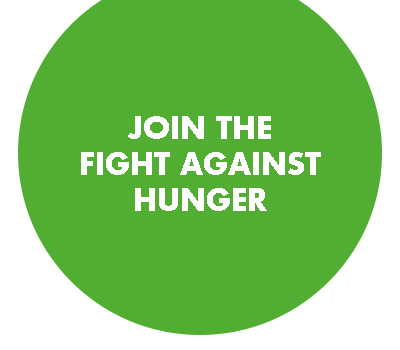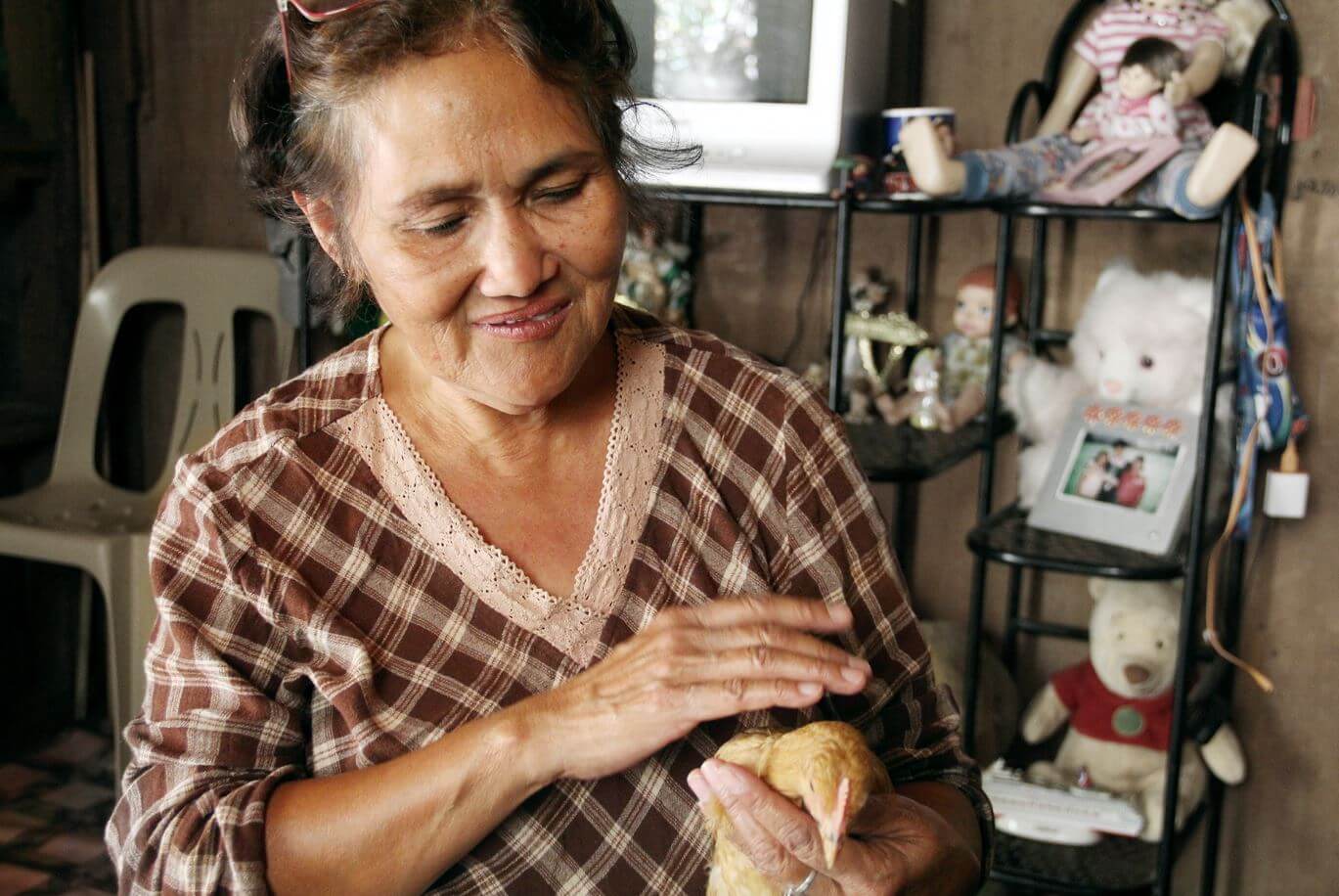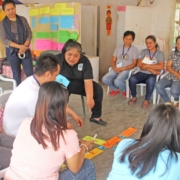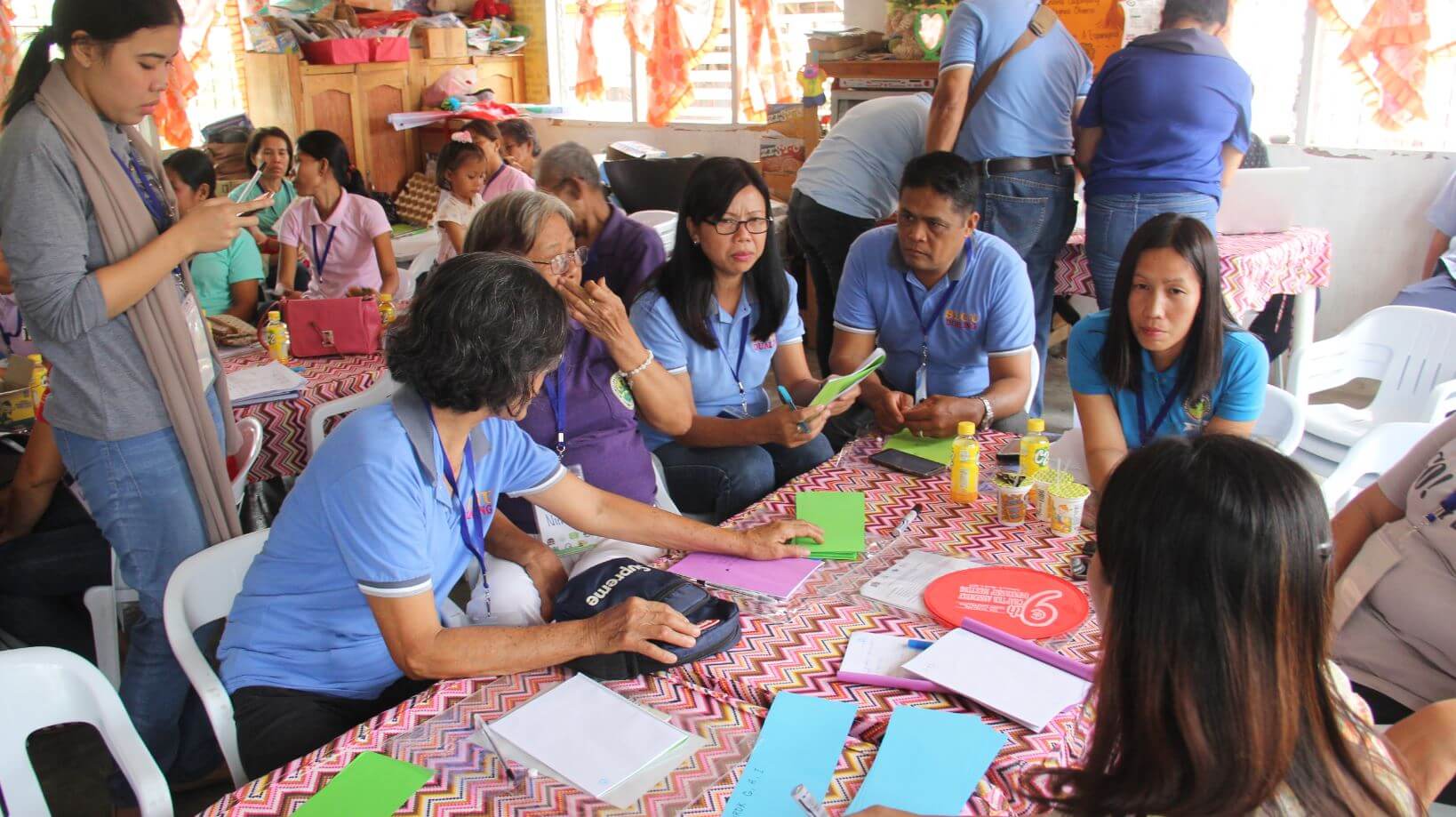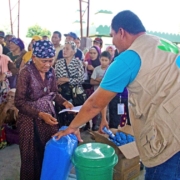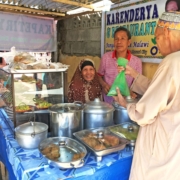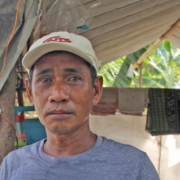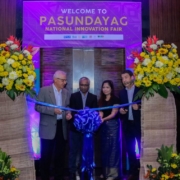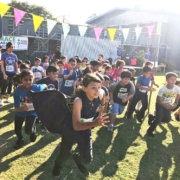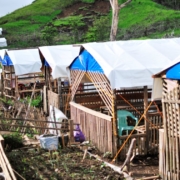Nutrition-focused Programming
SITTIE AINA PALAO, 25, is a mother of 3, residing in the Municipality of Buadiposo Buntong, Lanao del Sur which was greatly affected by Typhoon Tembin when it hit the Philippines in December of 2017. Typhoon Tembin or locally known as Typhoon Vinta, is considered as the deadliest tropical cyclone to strike the Mindanao area since Typhoon Bopha in 2012. Her municipality is also host to internally displaced persons from the Marawi Siege, a 5 month-long armed conflict which started in May 2017.
Sittie’s husband works at a farm while she manages their small sarisari store or neighborhood variety store. Both were damaged during the typhoon which resulted in their dependence on humanitarian assistance, being unable to restore their small enterprise.
In addition to their family’s economic insecurity, Sittie is a lactating mother with Mid Upper Arm Circumference (MUAC) measurement of 20.7cms on initial nutritional screening, which means she is identified as having severe acute malnutrition (SAM). One of her children was also detected to be severely stunted wherein height is inappropriate to age, another was detected to be severely wasted, while the baby below 6 months on exclusive breastfeeding was also identified to have SAM.
With this economic, health and nutrition status, Action Against Hunger provided Sittie support to restore their livelihoods through cash transfer program where she received Php7,000 last 8 February 2019, in addition to 3 rounds of food aid. Since they are malnourished, Action Against Hunger referred them to RHU for management and treatment using the Ready-to-use Therapeutic and Supplementary Food (RUTF and RUSF).
Aside from these, Sittie also participated in awareness sessions on IYCF and hygiene promotion. After a month, Sittie shared that with the food aid given, she is now able to prepare quality meals for her family and that unlike before they no longer eat just once a day. She further shared that the startup capital now provides them an income of at least Php500 per day. “I will really work hard so my store will become big. I am also saving so I can buy a washing machine,” says Sittie of her plans. Further, Sittie narrates that the project helped her to understand nutrition risk to children and PLW. This motivates her to ensure that the regular checkup schedules are followed. Sittie added that the nutritional status of her children has improved because of the joint support of Action Against Hunger and Rural Health Unit of Buadiposo Buntong. She is also happy on the health services provided by the RHU.
 In Photo: Sittie and her child during a check-up at the Rural Health Center
In Photo: Sittie and her child during a check-up at the Rural Health Center
Sittie is just one of the many vulnerable women identified by Action Against Hunger through its nutrition-focused targeting for cash-based interventions. Action Against Hunger provides cash transfer to mothers like Sittie to enable them to buy food and/ or other urgent basic needs and/ or restore income generating activities while helping to support local markets. It empowers them to take control of their health and nutrition, enables them to provide for themselves and their family, and allows them to see their children grow up strong.
(Written by Menchie Lacson for Action Against Hunger)

